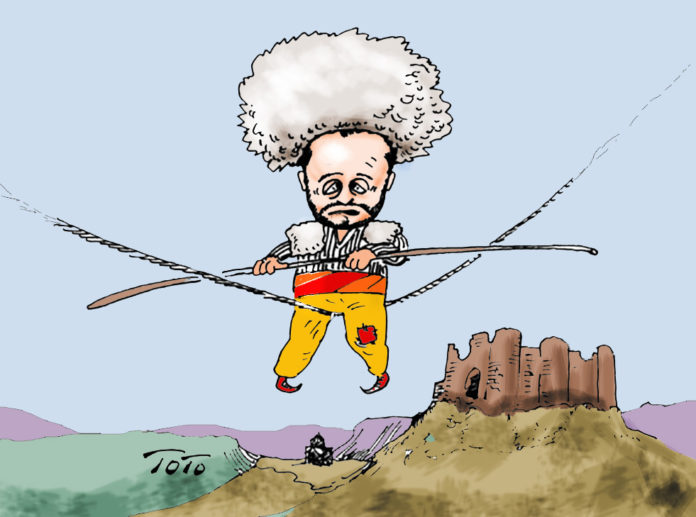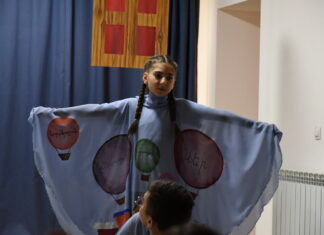Every revolution has consequences, sometimes positive and at other times, utterly destructive.
The revolution which took place in Armenia was very unusual, beginning with its name (Velvet) and ending with its goals and achievements.
Armenia’s citizenry joined the movement as one, to get rid of the self-centered, corrupt regime and to see improvements in their daily lives through reforms that the revolution had promised.
We also need to be mindful that the revolution did not have any ideological bent nor veneer, for the simple reason that people were already sick of those ideologies which had not translated into bread and butter on the family table.
It has been more than a year and a half since the revolution, which is consolidating its bases in Armenia, and now people are getting impatient with the impact on their daily lives.
Many people assumed that the revolution would bring brisk and sweeping changes and they are disappointed with the pace because Prime Minister Nikol Pashinyan is paying deliberate attention to modalities and legal ramifications of his government’s actions. That is winning kudos overseas but not necessarily at home.








